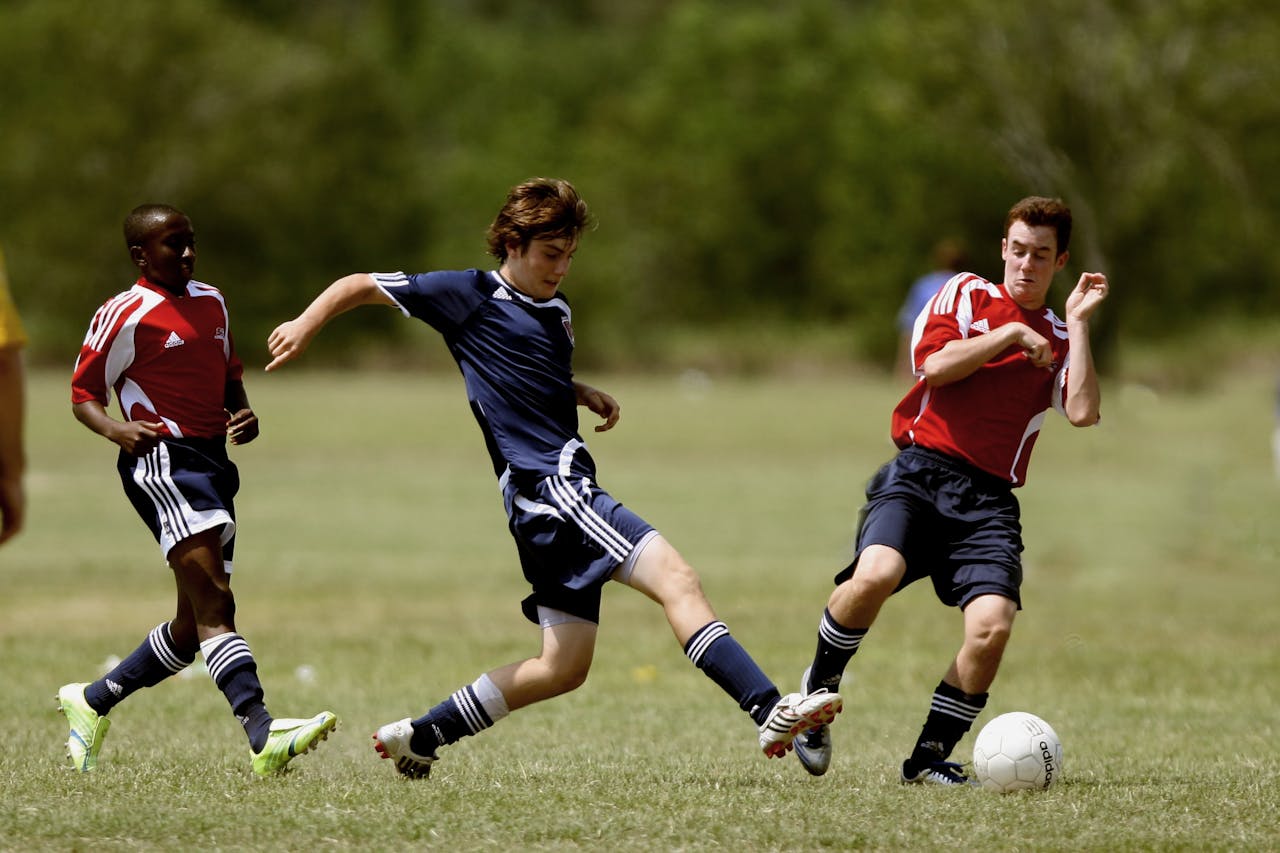Gaining a competitive advantage in football involves several interconnected strategies. Here’s a detailed overview of how a team can leverage these aspects:
1. Data Analysis
a. Match Data Analysis
- Performance Metrics: Analyzing key performance indicators (KPIs) such as possession, pass accuracy, shots on target, and distance covered can reveal strengths and weaknesses.
- Opposition Analysis: Studying the opponent’s playing style, formation, and individual player performance helps in developing tailored strategies.
- Historical Data: Using historical match data to predict trends and outcomes. For example, understanding how a team performs in away games or against specific opponents.
b. Advanced Statistics
- Expected Goals (xG): Assessing the quality of chances created and conceded. A high xG indicates a team is creating high-quality scoring opportunities.
- Player Tracking Data: Utilizing GPS and other tracking technologies to analyze player movements, positioning, and physical output during matches.
- Heat Maps: Visual representations of player movements and ball distribution to identify patterns and areas of dominance.
2. Player Performance Analysis
a. Individual Performance Metrics
- Technical Skills: Assessing passing accuracy, dribbling success rate, shooting accuracy, and defensive actions.
- Physical Attributes: Monitoring players’ speed, stamina, strength, and recovery times to optimize training and match fitness.
- Mental Attributes: Evaluating decision-making, spatial awareness, and psychological resilience under pressure.
b. Health and Fitness
- Injury Prevention: Using data to predict and prevent injuries by monitoring workload, recovery, and biomechanics.
- Recovery Management: Tailoring recovery programs based on data analysis to ensure players are at peak fitness.
3. Tactical Insights
a. Formation and Strategy
- Optimal Formations: Identifying the best formations and tactics based on the strengths and weaknesses of both the team and the opponents.
- Set-Piece Analysis: Designing effective set-piece routines (corners, free-kicks) by analyzing successful patterns and opponent weaknesses.
- In-Game Adjustments: Using real-time data to make tactical changes during matches, such as altering formations or substituting players.
b. Video Analysis
- Match Footage: Breaking down match footage to analyze team performance, individual actions, and opposition tactics.
- Training Sessions: Recording and analyzing training sessions to ensure tactical drills are effectively implemented.
4. Scouting and Recruitment
a. Identifying Talent
- Scouting Reports: Comprehensive data-driven scouting reports on potential signings, focusing on performance metrics and compatibility with the team’s style.
- Market Analysis: Understanding the transfer market trends to make informed decisions on player acquisitions and sales.
b. Youth Development
- Academy Performance: Tracking the development of youth players through data to identify those ready for first-team action.
- Loan Management: Monitoring players out on loan to ensure they are gaining valuable experience and performing well.
5. Fan Engagement and Feedback
a. Social Media and Sentiment Analysis
- Fan Sentiment: Analyzing social media and other platforms to gauge fan sentiment and feedback on team performance.
- Engagement Strategies: Developing strategies to engage with fans, improve their match-day experience, and build a strong community.
b. Feedback Mechanisms
- Surveys and Polls: Gathering direct feedback from fans on various aspects of the club’s operations, from performance to match-day experiences.
Integration of Technology
a. AI and Machine Learning
- Predictive Analytics: Using machine learning to predict outcomes, player development trajectories, and optimal tactics.
- Automated Video Analysis: Leveraging AI to automate the process of video analysis, saving time and increasing accuracy.
b. Wearable Technology
- Performance Tracking: Utilizing wearables to collect data on players’ physical performance and health metrics.
- Biomechanical Analysis: Assessing players’ movements and techniques to reduce injury risks and improve performance.
By integrating these elements, a football team can gain a significant competitive advantage, making data-driven decisions that enhance both individual and team performance.



